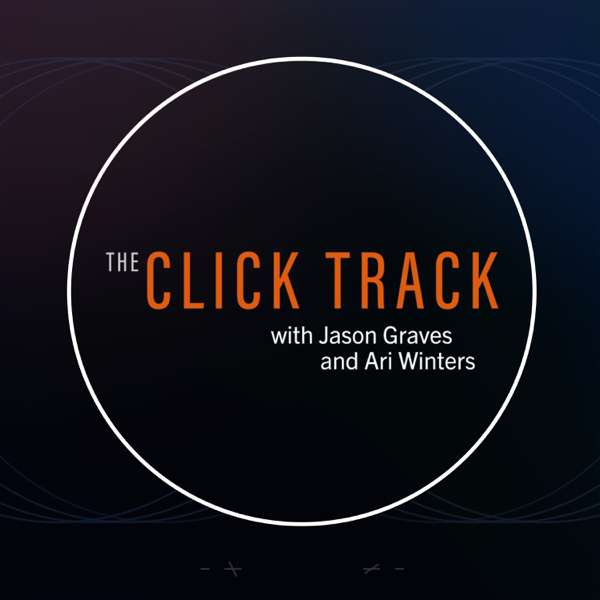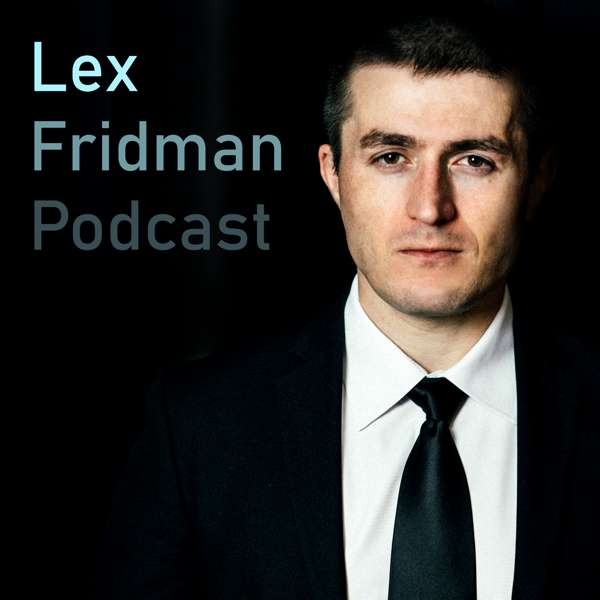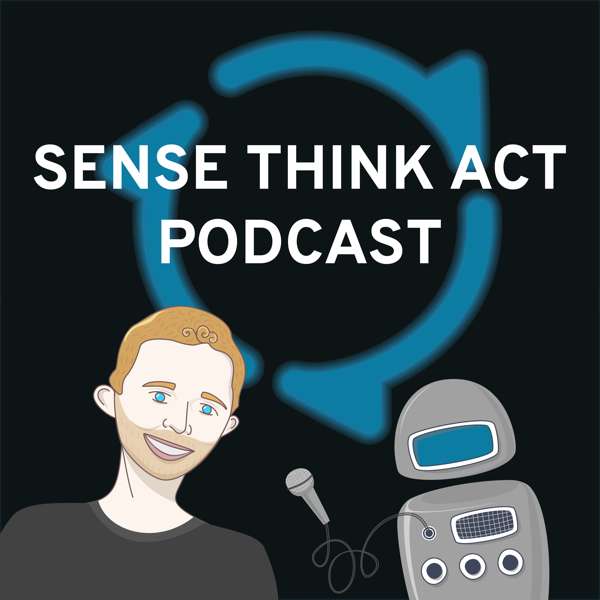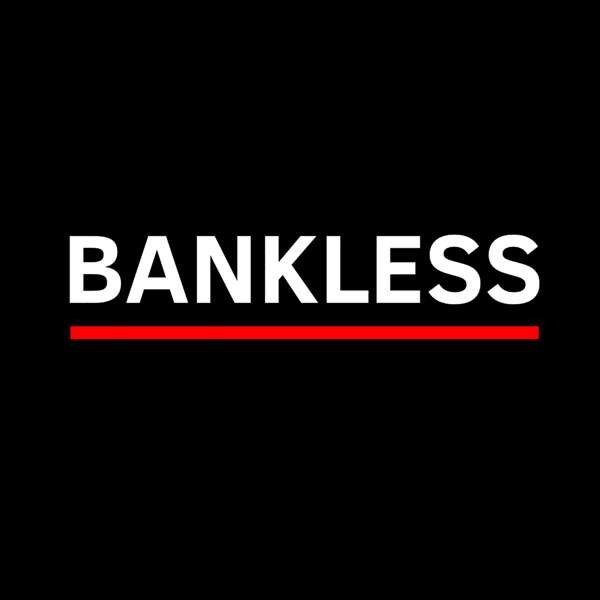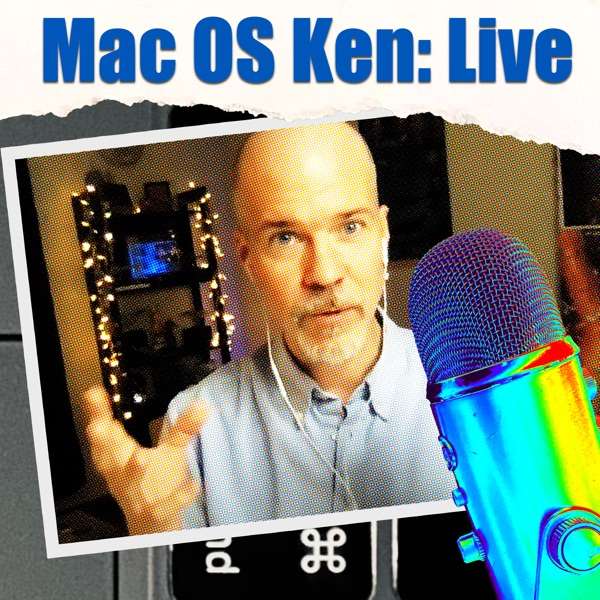https://www.linkedin.com/pulse/rekt-report-issue-25-blockchain-questions-answered-rob-mowryThis year, I'm investing time into sharpening up my presentations to a general audience on blockchain topics. There's a huge appetite in the Los Angeles area for people that can come in and explain these complicated topics. I'm happy to do these to sharpen up my ability to communicate some of these often opaque topics and am doing them about once a week.
I enjoy getting feedback from audiences because it allows me to determine what parts of my presentations are the most impactful and, like a stand up comedian will tighten up their set, I use this as a good barometer of what to focus on and further build out and what to cut. Another good exercise is ask the audience afterwards: what was the real takeaway from this one or two hour presentation that you'll take with you?
When I read a book, I like to write down a handful of thoughts, every hour, so that I can review impactful points, because after reading for five hours, I'm not going to be able to immediately recall all of the salient points that hit me at various times. People have limited free time and public speakers have a duty to get right to the point of the most impactful topics that's relevant to an audience.
I had a conversation about content structure with a colleague whose writing I enjoy and we discussed the push to impactful brevity. Blockchain influencers and fund managers are integrating memes and shorter form content by looking to the standard that if you can communicate something in less words, as impactfully as something that is haphazardly spilled out on a page, then it's an imperative that you do so. Every minute that something isn't tightly wound into something that's highly readable, you've introduced the potential to lose the reader so to the extent that you can prevent against that you must.
In one of my recent presentations, I fielded questions during the slides, and I thought that in this Rekt Report, and ones that follow, that I would answer specific questions that I seem to be receiving on a recurring basis. Rather than try to weave answers into the context of a longer form article, which I will do from time to time, I think that it would be particularly useful for a blockchain newsletter that's facing the public to piecemeal out answers that are easily digestible. So here goes:
What is the Web 3 movement and why is it important?
Web 1 was the use of the internet with individual, static websites that were functionally more like online brochures for a business. Web 2, which has been the past decade, is the era of centralization where you login to your profile on a platform of a tech behemoth. They control the rules to the game, own your images, and you're creating content for them, much like writing for a regional newspaper about your life, telling all your friends about it, and doing so for free while the newspaper rakes in advertising.
Web 3 seeks to break the monopolistic control of tech companies who, first and foremost, have their profits in mind to meet analyst numbers projections and operate despite the preponderance of evidence that that their sensationalist algorithms, coded to foment extreme reactions that will engage users enough to stay on their platform, are deleterious to one's mental health. The most savvy tech minds, like Professor Cal Newport, embrace a tech minimalism, with all social media apps off of one's phone, in observation of the toxicity of this phenomenon. If an activity is deleterious to our productivity or overall well-being, common sense would suggest that we disengage to the extent that we can practically, and professionally, do so.
By definition, Web 3 refers to a decentralized online ecosystem utilizing the blockchain. The real transformative aspect is that platforms and apps built on Web3 won’t be owned by a central gatekeeper, but by an abundance of users, who will earn their ownership stake by helping to develop and maintain those services, even independent of any capital investment! They're investing their time and talents to help a platform scale. This is transformative due to the ability of a great many users to get access to a percentage of a company.
In the start-up world, equity or stock options can be awarded but it's often a pittance, if at all, relative to those who founded a project. In Web 3 companies, you could have founders who contributed nothing more than good ideas and a structure to a business, coalesced an group together, and are able to earn a meaningful portion of a fast-moving, potentially highly valuable company for these formative efforts.
Already there are awe-inspiring stories of how talented coders have clocked decades in with the top tech firms, but only since they've dived into the world of Web 3 have them be given access to resources such that they can start to plan an exciting retirement. We're quick to jump into the job market, but often slow to create a career plan that understands the transformative power of gaining access to equity, tokens, or tools that allow one to amass wealth outside of the exercise of selling the limited resource of one's time.
Why did NFT (Non-Fungible Token) movement eclipse so many other blockchain movements in 2021?
In America, when an artist sells a work of art that's, likely, the last they'll see of it. Should they scale to international acclaim and fame and the value of that work goes up 100x, they take no meaningful participation in this appreciation. Contrast this with the European Artist Resale Rights laws, or droit de suite, that remits substantial funds back to artists for every time a public sale takes place for one of their works. This gives fuel to ignite further growth
If you were an art dealer of an artist whom you had a significant amount of early, important works, you would give them studio space, spending cash to travel and exhibit wherever they could, press contacts to pitch themselves for artist profiles, and exhaust every resource you had to help them further their career. In this same way, if you're an investor in an artist, you want them give them access to all of the avenues for potential growth or success that you can. Doing so is very likely to appreciate the value of the art of theirs in excess your contributions to their growth efforts, and, surprisingly, this synergistic relationship is not more aggressively nurtured a lot of times, with some art dealers or collectors choosing to purchase a piece and simply hope that the artist's important grows. You wouldn't invest in a company and then wish them well for a decade, likewise, it is inadvisable, if you're an art dealer, to not nurture these artists if you want them to have a better than not possibility of making it to prominence in their chosen discipline.
NFTs have, as the default, a royalty provision that remits money to the wallet making and minting the art, very often the artist's. From an artist's perspective, if you had sold an early work for $100 and, lo and behold, this work was worth 10k, then your 5% royalty share would be worth $500 each time it was sold. This doesn't make selling one's early works of art as distasteful knowing that they'll still be connected with you, at least financially, for the rest of your life and thereafter to be collected by your estate, providing your loves ones with resources after you're gone.
NFTs are works of art, on the blockchain, that are written in code by artists themselves so the terms will be favorable to artists in a way they recognize will sustain them such that they can focus full-time on their artistic passions, but they're more than that.
Celebrities like it because digital art projects are less fought with potential legal complications associated with security tokens or cryptocurrencies, which often can be perceived by regulatory bodies as de facto securities.
Affords opportunities for not only visual artists but also musicians, writers, or other royalty-based creative professionals to integrate their IP on the blockchain in a way that can be seamlessly crowdfunded or collected.
Can be linked to trading--options, futures, leveraged trades, or plain vanilla cryptocurrency--positions in a way that will self-settle to the wallet owning the NFT at a particular time.
While DeFi has nearly $100 billion staked across various platforms, it's still working out jurisdictional challenges that often introduce friction points. Few of these friction points exist with digital art, which has been a well-established asset class, albeit modest in size compared to most mainstream asset classes, such that you're seeing the largest baseball card companies you grew-up with doing blockchain baseball cards to keep up with NBA Top Shot or other projects that operate using many of the principals of value that hold together the value of a baseball card.
As more digital artists come to the conclusion that they can keep their art in a digital form and not have to pay to print their works out and sign them by hand to extract the value they bring to the art world, the larger the NFT market volume will be. Much of the attention in March 2021 was on a singular artist, Beeple, for the watershed $69 million Christie's sale of his 5000 Days work. The months that followed saw the explosion of growth and appreciation of a multitude of individual projects and artists, providing capital for talented digital artists all across the ecosystem, allowing them to double down on their professional passion in a way they had never been able to do heretofore.
The same shrewd eye that you focus on an investment you would be best advised to focus on an NFT. Many generative art projects, with entirely anonymous founders, have sprung up and have seen tremendous volume. You have to understand, however, that very often this volume is internal, between the wallet addresses of the founders, such that it's not a true indication of authentic sales activity.

 Our TOPPODCAST Picks
Our TOPPODCAST Picks  Stay Connected
Stay Connected


